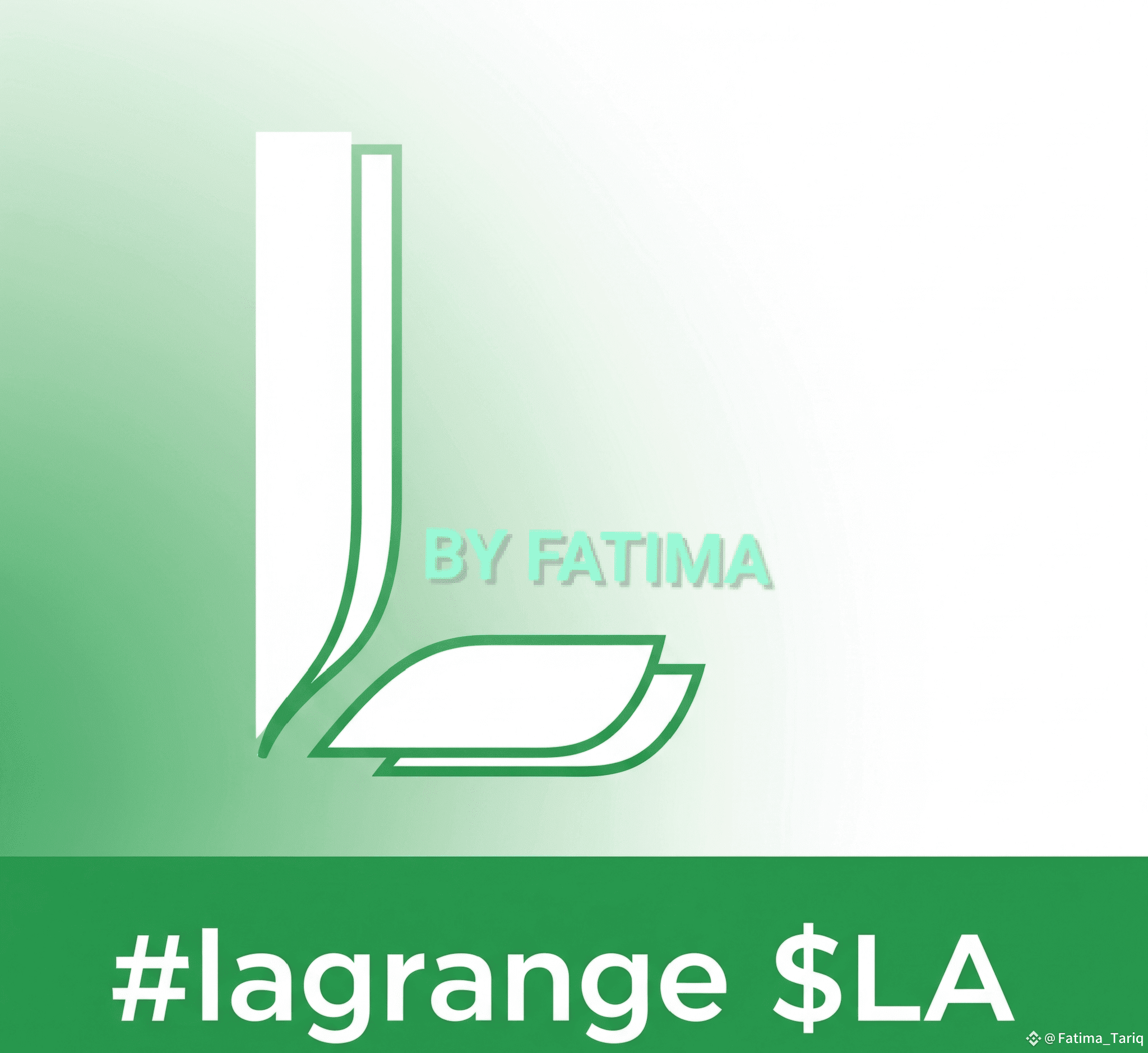 In the Lagrange ecosystem, the LA token is far more than a simple governance asset; it is the central nervous system that drives the network's economic cycle through a sophisticated system of fees and rewards. This mechanism is designed to create a self-sustaining and decentralized market for zero-knowledge proof generation, incentivizing participants to provide computing power and maintain the stability of the network. By paying fees in LA for proof tasks and rewarding provers with the same token, Lagrange ensures that computing resources are efficiently allocated and the network remains robust and responsive.
In the Lagrange ecosystem, the LA token is far more than a simple governance asset; it is the central nervous system that drives the network's economic cycle through a sophisticated system of fees and rewards. This mechanism is designed to create a self-sustaining and decentralized market for zero-knowledge proof generation, incentivizing participants to provide computing power and maintain the stability of the network. By paying fees in LA for proof tasks and rewarding provers with the same token, Lagrange ensures that computing resources are efficiently allocated and the network remains robust and responsive.
The reward mechanism is a key incentive for participation. Holders who stake LA tokens can become provers, competing to execute complex tasks and generate cryptographic proofs. Upon successful completion, they are rewarded from a fee pool, which is supplemented by inflationary incentives. This design encourages a continuous flow of new participants and computational resources into the network, preventing centralization and ensuring that the system can handle an ever-increasing workload. For example, in a ZK co-processor task involving a complex SQL query, a prover can stake LA as a quality bond, and if successful, they receive an amplified reward, further aligning their financial interests with the network's integrity.
A hallmark of Lagrange's economic design is its flexible and dynamic fee structure. The cost of a proof task in LA tokens is not static; it adjusts automatically based on the complexity of the task and the real-time supply and demand of the network. During periods of low network activity, fees are lower, encouraging developers to experiment and build new applications. Conversely, during peak demand, fees may increase, prioritizing high-value and time-sensitive tasks. This market-based approach ensures optimal resource allocation and helps stabilize the value of the LA token, making it a reliable and predictable asset for both developers and investors.
The long-term sustainability of the ecosystem is directly tied to this elegant economic model. Businesses and developers pay for verifiable computing services with LA tokens, and this revenue is distributed to the provers who provide the service. This creates a positive feedback loop where the growth of the proof network directly benefits its participants. It transforms the role of a token holder from a passive investor into an active contributor to the network's success. The LA token is the connective tissue that links technological utility to economic value, making zero-knowledge proofs not just a theoretical concept but a practical, economically viable service.
In conclusion, the fee and reward mechanism of the LA token is a masterful example of tokenomics done right. It creates a powerful, self-sustaining system that incentivizes participation, optimizes resource allocation, and aligns the interests of all stakeholders. This economic engine is what will ultimately drive the mainstream adoption of Lagrange's technology and solidify the LA token's place as a foundational asset in the future of verifiable computing.